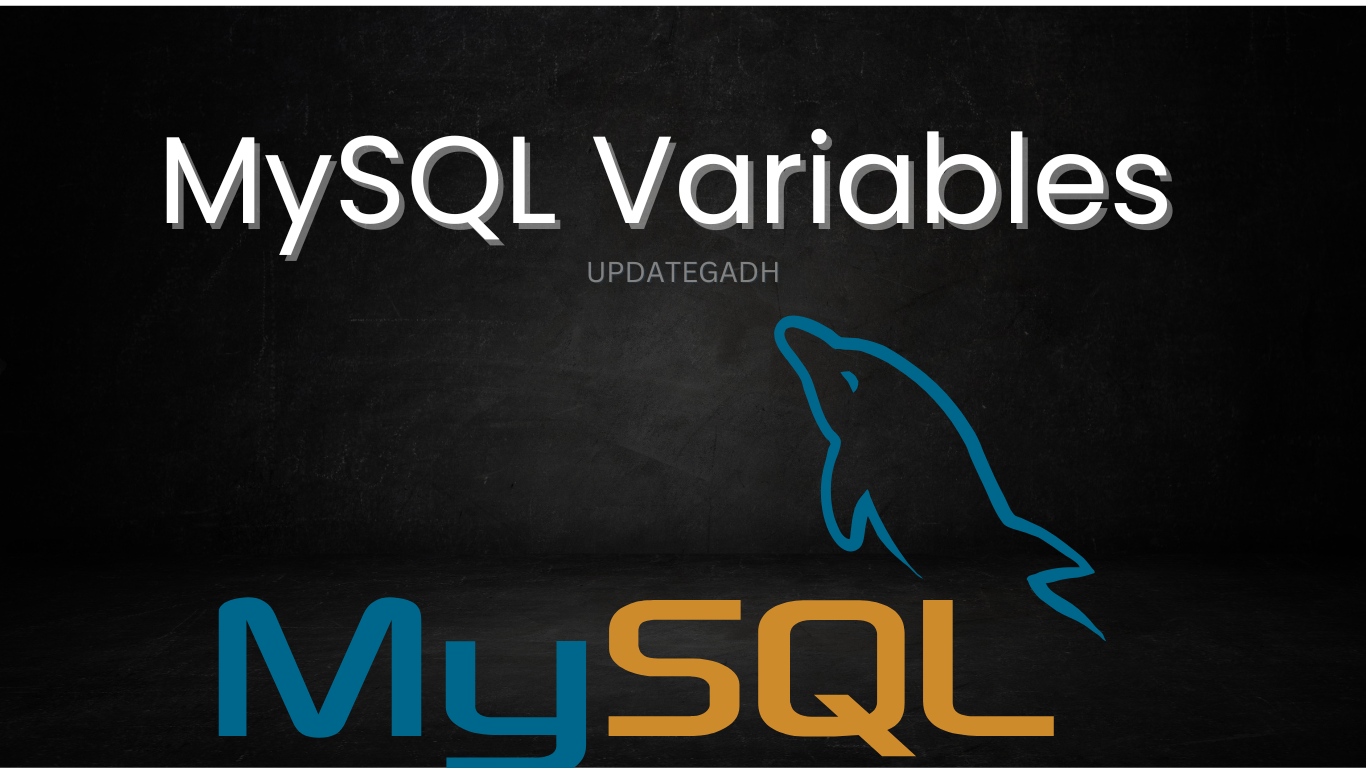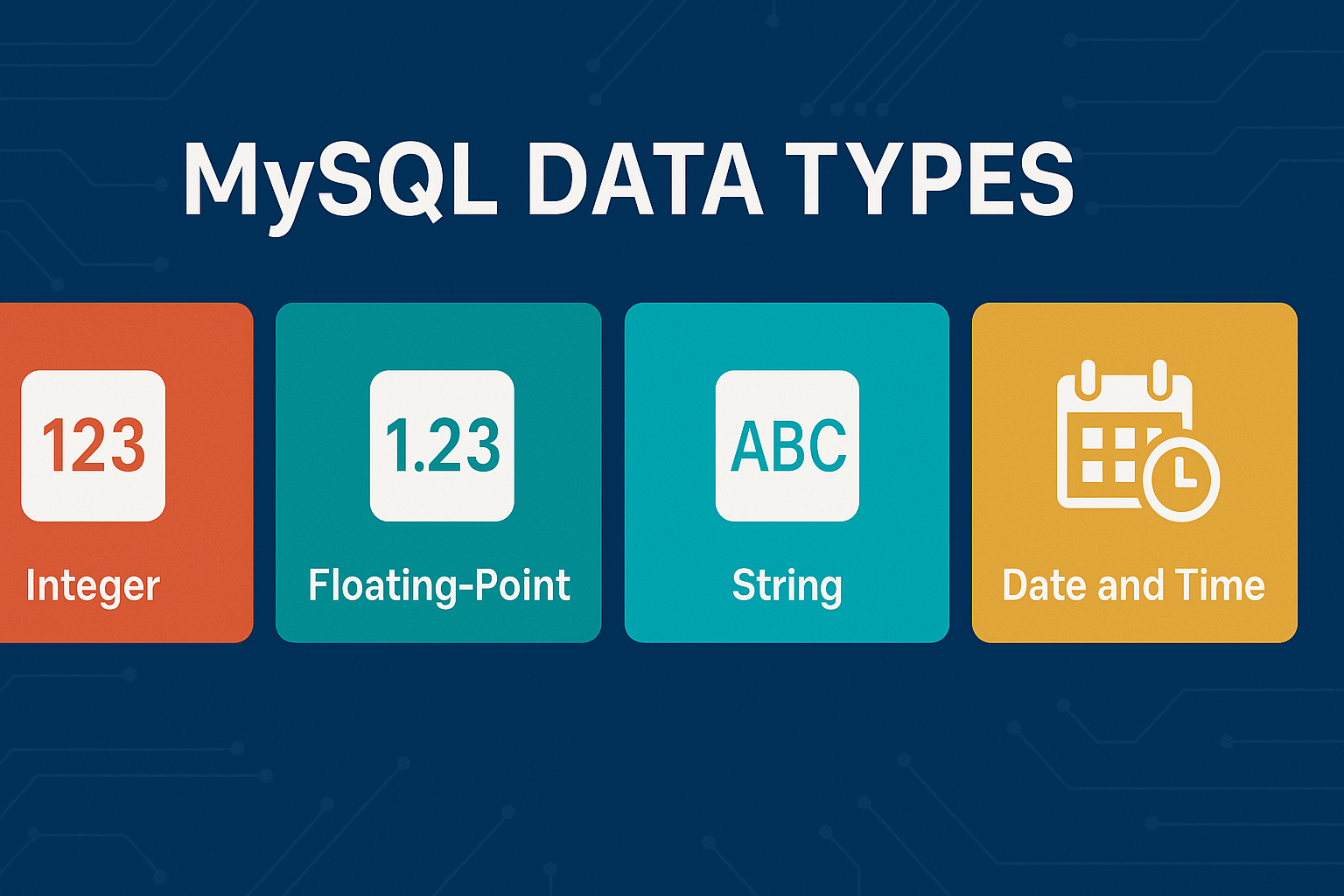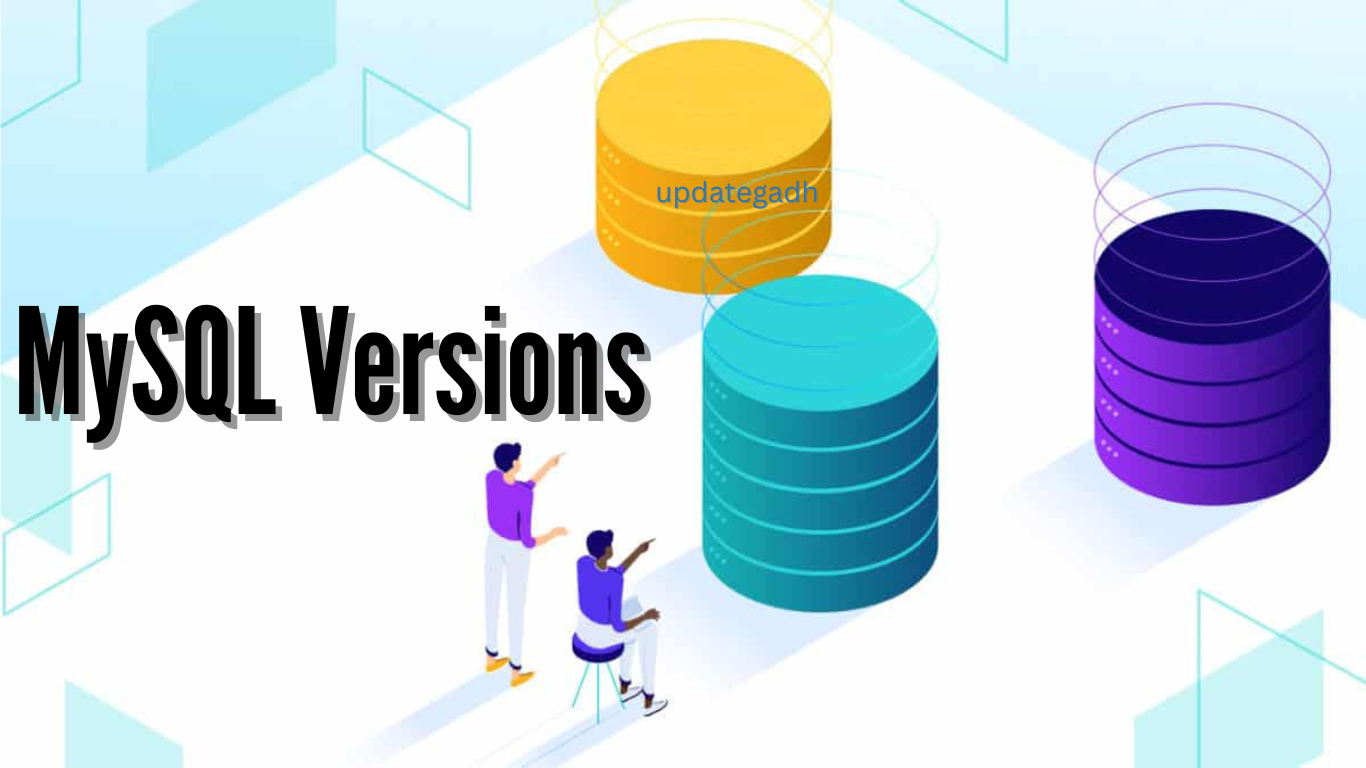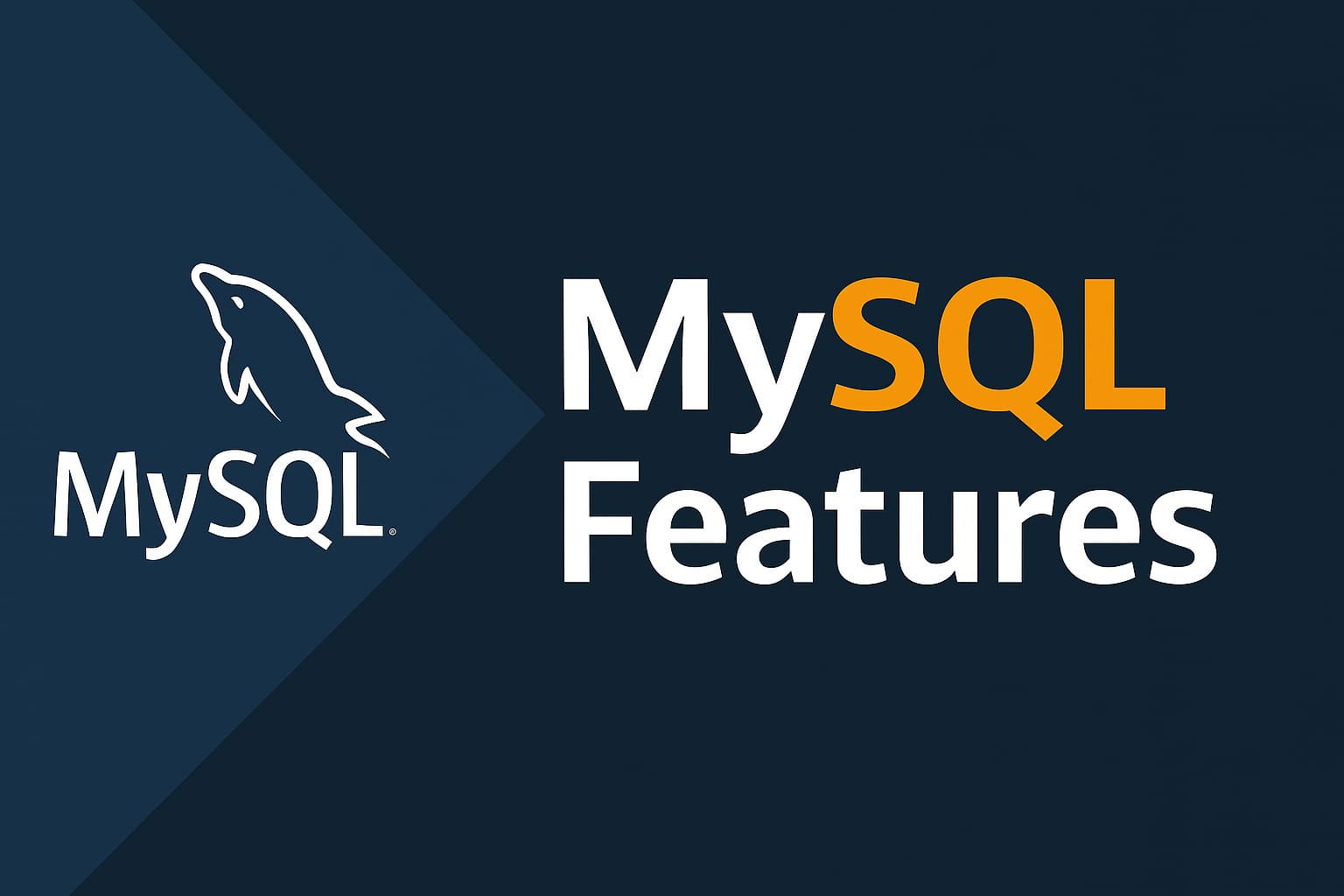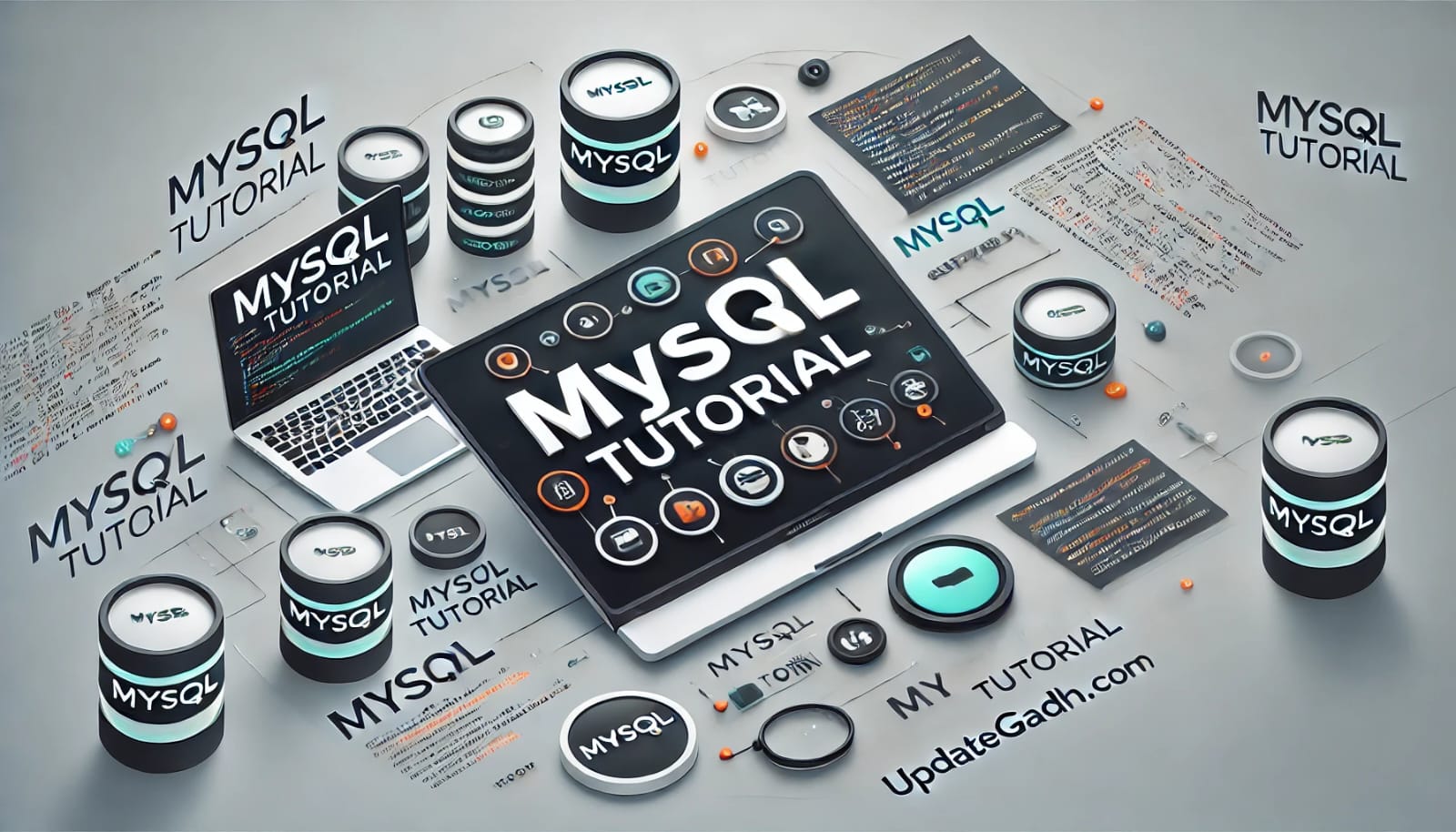Your cart is currently empty!
Category: MySQL Tutorial
MySQL Variables: A Comprehensive Guide
Menu MySQL Tutorial MySQL Features MySQL Data Types MySQL Versions MySQL Variables Variables play a crucial role in any programming language, allowing data storage and manipulation during execution. In MySQL, variables help in managing and passing data efficiently across different statements. Understanding variables in MySQL enhances the ability to write dynamic queries and stored procedures,…
MySQL Data Types: A Comprehensive Guide
Menu MySQL Tutorial MySQL Features MySQL Data Types When working with databases, understanding data types is crucial as they define the kind of values that can be stored in each column of a table. MySQL offers a wide range of data types, each with specific characteristics regarding storage, indexing, and comparison. Choosing the right data…
MySQL Versions: An Overview
Menu MySQL Tutorial MySQL Features MySQL Versions Understanding Versioning in Software Versioning is the process of assigning unique names or numbers to different versions of a software program as it evolves. Typically, the first public release of a software is labeled as version 1.0. However, there are no universal rules for versioning; every company follows…
MySQL Features
Menu MySQL Tutorial MySQL Features MySQL is a powerful and widely used Relational Database Management System (RDBMS) that operates based on Structured Query Language (SQL). As an open-source and free software under the GNU General Public License, MySQL is supported by Oracle Corporation and is a top choice for developers worldwide. Complete Python Course with…
MySQL Tutorial: A Comprehensive Guide for Beginners and Professionals
Menu MySQL Tutorial MySQL is one of the most widely used relational database management systems (RDBMS) today. It is an open-source database that helps in efficient data storage, retrieval, and management. Whether you are a beginner or a seasoned professional, understanding MySQL is crucial for database management and web development. In this guide, we will…
